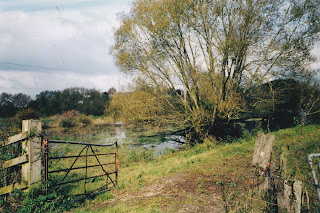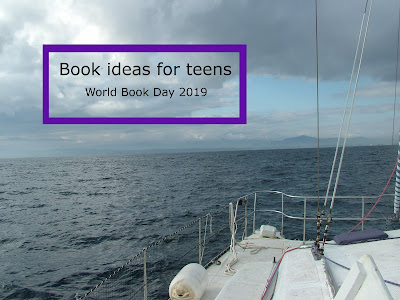Butterflies, blackberries & beaches - Rame, Cornwall
Over the summer we spent some time at Cawsand on the Rame
peninsular in South Cornwall.
The coast is what shapes the land on this peninsular and
smuggling activity in the past has shaped the villages. The views are wonderful
along the coast and out to sea. 8 miles off shore you can easily see the
Eddystone lighthouse on a good day. The south west coast path winds its
way around the coast and can be followed right the way around Rame head. It
stretches from Minehead in Somerset and meanders
all the way around the Southwest peninsular via Lands End and the Lizard before
finishing in Poole, Dorset. We walked a
section of it through fields being harvested and high above the beaches. Sprawling
brambles live very happily in the sunshine and salt filled winds of the coast.
It was a bit early for the blackberries but there were still plenty that were
sweet enough to cover the children with purple staining.
On the headland of the peninsular is a small building which
has served for many years as a lighthouse, warning sailors from its rocks.
Although the beacon is no longer lit, Rame head still plays its part in keeping
the ocean going traffic safe with a national coast watch station. These
volunteers’ keep track of all vessels passing to and from and are able to
quickly inform the coastguard of any issues, deal with problems and carry out
radio checks. The station is open to visitors to see their work and there is a
car park and flat access into the building and amazing views all round.
The microclimate in south Cornwall makes it a great place for many
animals. We saw lots of butterflies’ everywhere we went and several
caterpillars including one with a wicked looking spike that was quite grumpy,
trying to attack us as we watched it.
There were also some impressive looking mushrooms growing in one field
and several times we saw large groups of deer.
We visited the lost
gardens of Heligan, somewhere I had wanted to visit for a while. It did not
disappoint. The beautiful planting, quirky features and history of the place
seeped into all of us. The effort that has gone into recreating parts of the
garden such as the pineapple pit show the love and care that is being poured
into the recreation of this gardening community. In addition to the formal
gardens (which have good accessibility for wheelchairs/mobility scooters) there
are some wilder parts of the estate which are fantastic for exploring. In
addition to the animals and jungle there was a large area with really helpful
staff put aside for a summer den building activity. The children loved building
their structure, working together and camping out inside. The story of how the
gardens were lost following the conscription of the outdoor staff is truly the
story of the staff of the big house and the gardens are a fitting tribute to
their memory.
Mount
Edgcumbe makes for a
nice day out too. The house is open for visiting and the grounds are huge
stretching from the hills down to the water with lots of interesting things to
explore like the fortifications and follies. The sheltered deep water anchorage
here is known as Barn Pool and was used by the Vikings in 997. Looking out over
the Sound there is a great view across to Devonport including the listed number
1 slip. This slipway was built in 1774-5 and was then covered in about 1814. It
is now the oldest covered slipway in the world. Many ships were built, then
launched, from this building including Nelsons flagship the Foudroyant. A wooden
boat builder is now housed in the slip.
Although we were high up on farmland above the valley it was
only a short walk across the fields to the village of Cawsand
and its twin Kingsand. This was once the border between Devon and Cornwall until boundary changes
shifted it east to the middle of the Tamar. The pub with outside seating in the
square was a lovely place to walk the dog to in the evening; at night the
warmth of the lights flow over the street. At high tide the waves break over
the buildings and lap at the brightly coloured kayaks leaning against the walls.
Outside many of the houses are piles of buckets and sandals marking the holiday
homes which probably give the village a very different feel during the winter season.
Cawsand is a very popular anchorage and there were several boats swaying in the
bay making the most of the summer. A ferry service runs regularly between Cawsand and Plymouth, running up onto the beach.
We spent lots of time enjoying the beaches. Whitsands have
been the escape for generations of Plymothians and can be easily reached by bus
from the city. Rows of beach huts line the cliff sides reached by steep and
narrow paths which are not for the unfit or fainthearted. The beaches are long,
clean and sandy and dogs are welcome to enjoy them all year round too. It was a
lovely start to the day to paddle along the waters edge on the morning walk. Poking
out into the Atlantic this part of the coast gets pounded in heavy weather and
has its share of wrecks, claimed by these snaggy cliffs. We spotted lots of
wildlife on the beaches too; anemones, crabs, limpets, tellins, barnacles and
jellyfish amongst others. We also found some mermaids purses (sharks eggs) belonging
to rays.
The area is wild and beautiful and only a short drive or
ferry ride from Plymouth.
I’d certainly recommend a trip there; by land or from the sea.






















Comments
Post a Comment